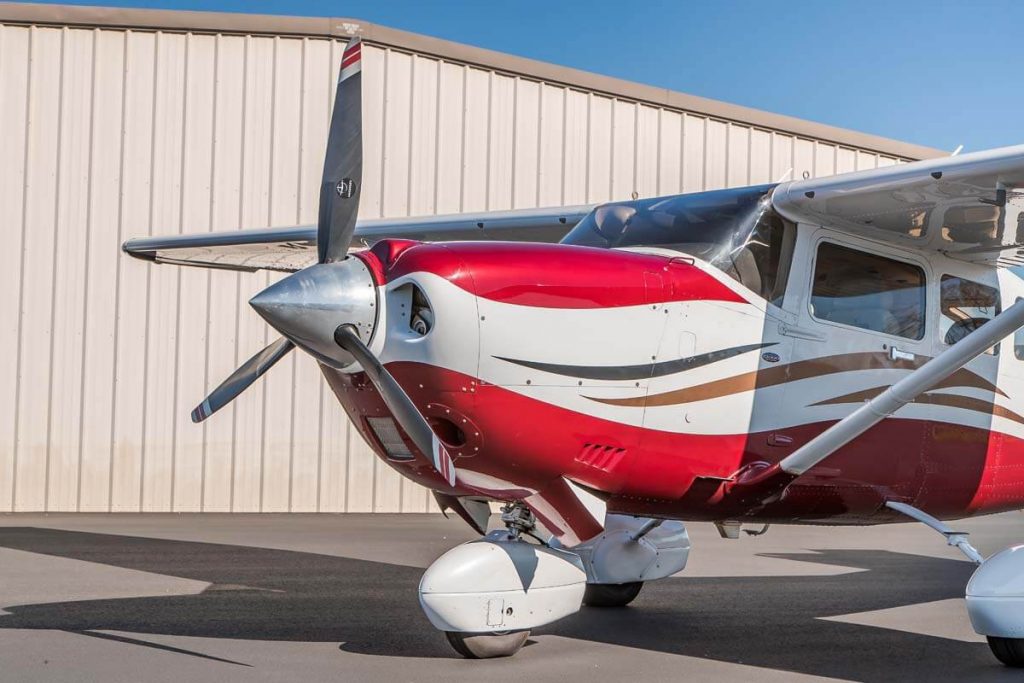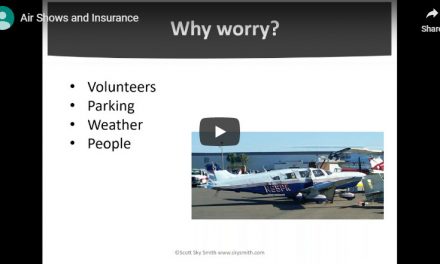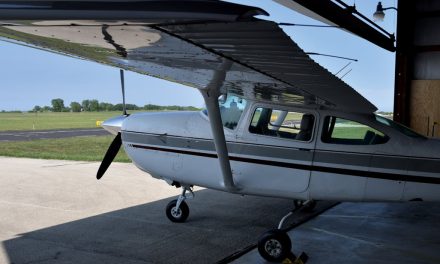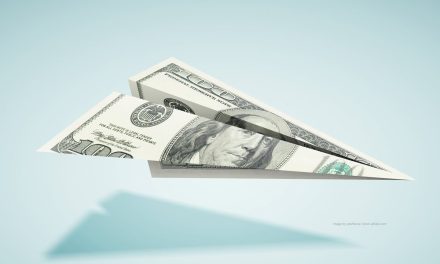
Through the years, most aircraft have increased in value. We all should have invested in a Cessna 172 in 1995 and sold it in 2001; the average increase was reported to be almost 70%. Of course, like the stock market, some aircraft values went down. Aircraft prices dropped in 2003 and climbed again in 2006 before the bottom dropped in the single-engine market in 2009. Since then, they have been on a little bit of a roller coaster, but it finally seems like aircraft values are trending in a positive direction again.
With the different GPS systems, flat multi-function displays, ADS-B, and improvements in everything from headsets to head-up displays, improving our old aircraft has never been easier. All it takes is money. And if we spend the money, it increases the value of the aircraft.
Cessna Cost of Ownership Webinar & Calculator Click Here
So, let’s talk about pricing an aircraft you already own. Coming up with a value isn’t really that hard. Anytime a person wants to know what their aircraft is worth they can use the aircraft pricing guides. I remember a time when only aircraft dealers, brokers, and financing and insurance companies had access to the price books. Now, anyone can access the pricing guides online.
Value factors
A good place to start when figuring out how much your aircraft is worth is to look at what it is currently insured for — that’s our first “value.” What you paid for it is another value. Then there are “book” prices and what the plane is advertised for in the trade papers. A combination of all of those (and what the market will bear) will help establish the “base value” of your aircraft.
I like to take the base value of the aircraft and add or subtract any engine value when establishing my price. For engine hours, use 50% of the TBO. Figure about $15 per hour on four-cylinder (and low-horsepower six-cylinder) engines. So, if you have a 2,000-hour TBO and the engine has 500 hours since overhaul, you add $15 per hour times 500 hours below the halfway to TBO mark, for an additional value of $7,500. Inversely, if you have 1,500 hours since overhaul you would subtract $7,500. Just a side note here, the per-hour prices vary by year and engine. A simple way to think about it is if a freshly overhauled engine costs about $30,000, divide that by 2,000 hours TBO and that gives you the per-hour cost of $15. Remember, these are just rough guidelines; prices change based on the year, horsepower, etc.
You can always add great avionics or new paint if you want, but you only get about 50% of the original value of avionics and other extras back. Avionics or paint and interior can increase the value, but I personally save that for negotiating if I’m buying or for my “insured” value.
Relying on the “book” value is not always an accurate representation of the actual sales price. Let me give you an example. One calendar quarter the book value of a pressurized Cessna Skymaster went up $30,000 in value. As an owner this was a fantastic increase. As a buyer, this was bad. Now everyone wanted more for their pressurized Skymaster. As an insurance agent it meant we needed to check our files to see if all our customers were keeping their aircraft values in line with the book. As a lending institution it meant giving loans on a book value that was high enough that the selling price was lower than loan value.
How did this happen? How did they (the value guides) get these prices? Typically, they ask the dealers how many aircraft were sold and for what price. The editors of the price guides use that information (the activity and the sale prices) as part of their resources. While this shouldn’t be a problem, I have known a few dealers who would tell everyone a plane sold for a higher price than it actually did.
In reference to this specific Skymaster situation, there were only three pressurized Cessna Skymasters sold during that quarter. Two of those were Riley conversions, which were worth three times the regular value. The third aircraft sold for the basic book value. In the end, this was not an accurate market evaluation for the average pressurized Skymaster. If the aircraft you are trying to evaluate is a model that doesn’t have much market activity, you are not going to get values that are as accurate.
Another factor is the lack of accurate pricing with the FAA at the time of the sale. The FAA doesn’t require a value be put in the bill of sale. For years we sold aircraft with “$1 plus other valuable consideration ($1+OVC)” as the sale price on the FAA forms. Any research using the FAA records for transactions and prices would not necessarily be accurate either.
The rest of this article can be seen only by paid members who are logged in.Have a website login already? Log in and start reading now.
Never created a website login before? Find your Customer Number (it’s on your mailing label) and register here.
Still have questions? Contact us here.





